Certain breastfeeding conditions, such as a milk blister (nipple blisters), milk bleb, and a clogged milk duct (AKA plugged milk ducts) can occur anytime during breastfeeding. These conditions can occur simultaneously and be confused with each other. However, these uncomfortable and annoying problems can be relieved with careful diagnosis and proper support. Let me see if I can shed a little light on each of these for all you new breastfeeding mamas out there!
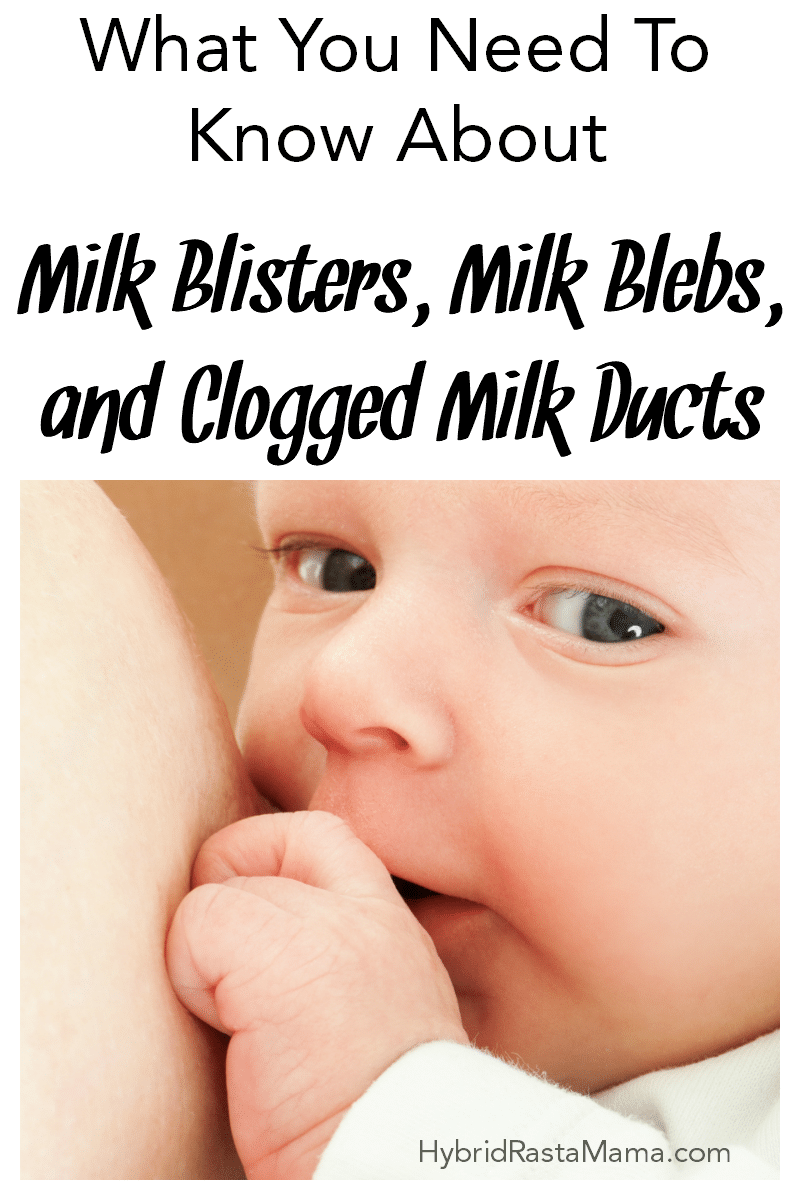
A Milk Blister (aka Nipple Blisters)
Milk blisters results when skin grows across a nipple pore or opening and blocks it. Nipple blisters are usually raised with visible fluid below.
What you can do at home to soothe and support a milk blister
- Gently wash the nipple.
- Warm some coconut oil or olive oil and saturate a cotton ball or cotton pad with it. Use surgical tape or a breast pad to hold the cotton ball in place. Leave it on for an hour. Remove.
- Very carefully with a gentle lifting motion, open the blister with a sterile needle to drain any trapped fluid. Consult your health care provider if you are nervous or need assistance. (I did this all the time and it does not hurt! After the blister clears, it feels a million times better). Apply a small amount of all natural Weleda Wound Salve to your nipple immediately after breaking the blister. Until it is fully healed, keep the nipple tip moist with coconut oil or olive oil. This may help prevent the blister from forming again.
A Milk Bleb
A milk bleb is a pressure cyst that occurs when a tiny amount of milk has seeped into the nipple tissue at a duct outlet. A milk bleb is typically caused by an improper latch. Milk blebs usually have an irregular shape and stay flat when pressure is applied to the nipple stem. Although a milk bleb is generally painless, some women experience pinpoint pain when they breastfeed.
What you can do at home to soothe and support a milk bleb
- First correct your baby’s latch. Try changing the angle at which the baby approaches the breast, or switching from cradle to football hold or lying on the side. Changing positions will prevent the baby from putting pressure on the same spot at each feed.
- Warm compresses can be soothing. Some women find that applying coconut oil or olive oil after breastfeeding keeps the milk bleb moist and reduces latch-on pain.
A Clogged Milk Duct
Plugged milk ducts are similar in appearance to a milk bleb, except the plug is generally tiny and round, and is often an oily, waxy substance. If you squeeze upward on the nipple base, the plug will generally raise up like the lead in a mechanical pencil.
If a nipple pore is plugged, there is almost always a corresponding hard, painful area in the breast where the milk is accumulating – a clogged milk duct. The swollen milk duct may press on neighboring ducts and prevent them from draining. Therefore, the hardened area can appear to spread.
What you can do at home to soothe and support a clogged milk duct
- Make sure to get plenty of rest and breastfeed frequently.
- Increase your fluid intake and, if well tolerated, take arnica every 2 hours to reduce inflammation and pain.
- Apply heat to your breast often and massage the blocked area when breastfeeding or pumping. To soften the plug you may put coconut oil or olive oil on a cotton ball and use an organic cotton nursing pad to hold this in place against your nipple. Keep it on in between each breastfeeding session.
- If the previous steps do not help, take a warm bath with the affected breast submerged and massage behind the nipple and areola to try to loosen the plug. It may also help to gently rub the tip of your nipple with a wet wash cloth or other soft cloth. Next, firmly massage across the hardened area starting at your chest wall and working toward your nipple. Breastfeed or pump immediately after leaving the bath. Another alternative it to have your spouse or partner try clearing the plug. Sometimes the force of an adult sucking will clear it quickly.
- To prevent recurrence, consider changing your baby’s position on the breast; insure that your bra fits well (no underwire); and that your purse, diaper bag and baby-wearing items are not digging into your breast, causing further blockage.
And in case you were unaware, I am NOT a medical professional so please be sure to seek professional advice before self diagnosing. A lactation consultant or a La Leche League leader can often times provide you with a proper diagnosis as well.



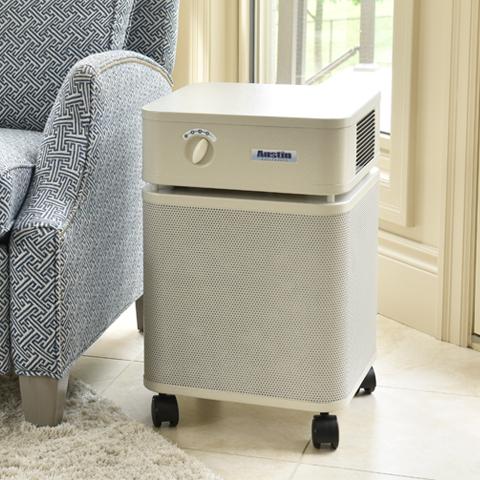
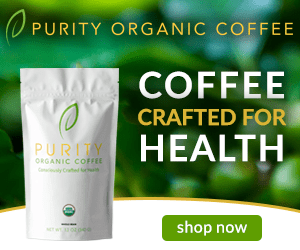
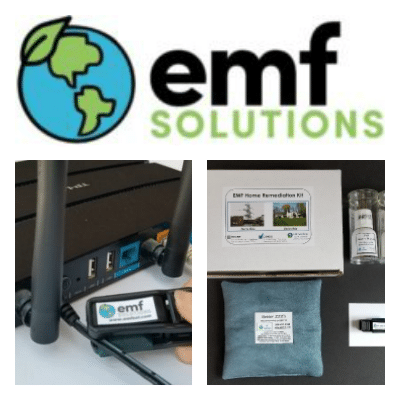

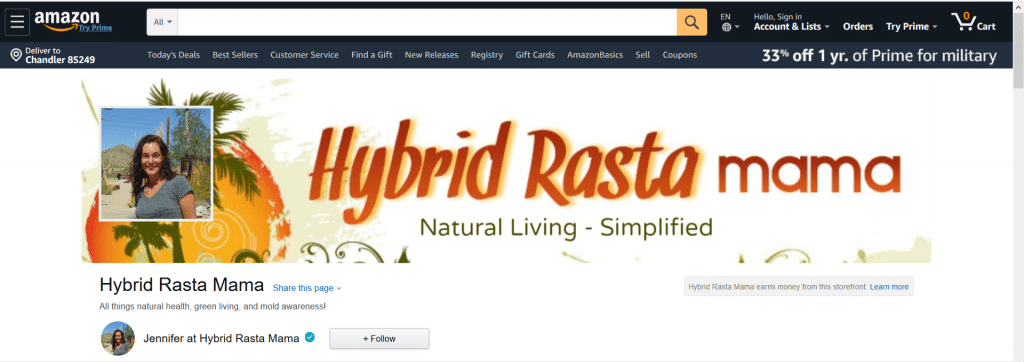
MB says
Thank you so much for this info! I struggle with plugged ducts on a regular basis, but this is the first time I have dealt with a milk blister and it is painful, in a different way. I had tried other methods of getting rid of it but I’m so grateful yours worked!! It’s a such relief. thank you thank you.
Jennifer says
Fantastic! So glad you have relief! 🙂